Part 6: 480-500 YE-Trade on Alien Shores
Trade on Alien Shores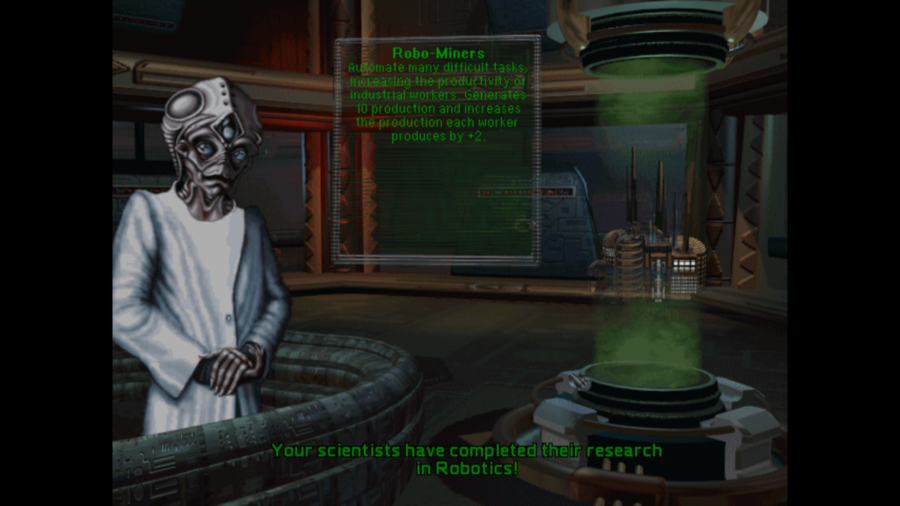
By 482, major breakthroughs in robotic automation revolutionised mining, construction, and industry in Narestan society. Heavy equipment able to be programmed for semi-autonomous operation and capable of high-precision remote operation for delicate tasks that required Narestan judgement allowed for most of the difficult and dangerous tasks in mining, construction, and forestry to be handed off to robots and drone operators, while continued advancements in design of robotic assembly lines and industrial equipment allowed factories to continue to expand their capacity. As the new technology was quickly adopted, mines were pushed deeper, production of raw resources was increased, and factories expanded their operations to churn out the equipment and goods needed by Narestan civilisation. Preparation for a second interstellar colonisation mission accelerated.
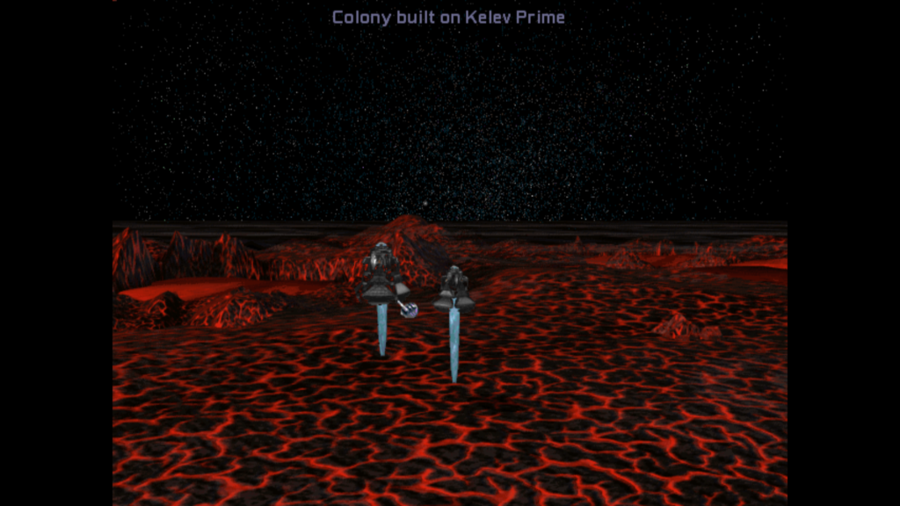
Within a decade of this breakthrough, in 492, a new colony was established on Telesen, the radiation-seared planet orbiting closest to the red star Kelev. Despite the hostile environment and relatively poor local resources, Telesen nonetheless seemed to be one of the best candidates for exploitation by Narestan colonists in the immediate area, who were hoping to overcome the challenges of creating a prosperous colony through ingenuity, industry, and technology.
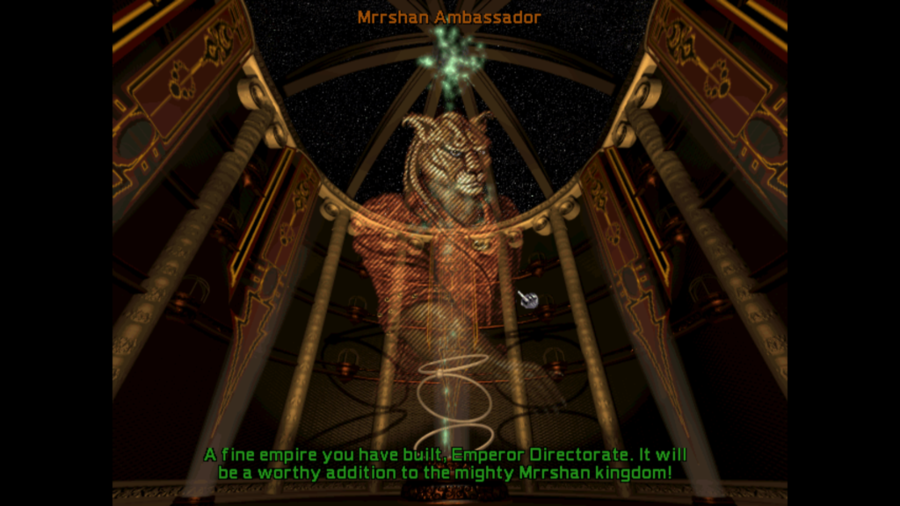
A short time later in the year, Narestan colonists on Sadesal were shocked by the appearance of an alien communications probe in the Vij system. Sending a probe back to the alien probe's source strained the capacity of current reactor design to the utmost, but nonetheless eventually enough information was gathered to translate the language used by the alien probe. The Interstellar Union of Yilaria and its Colonies, a government unifying the Mrrshan species, had achieved sufficient operational range to reliably send long-range ships and probes between its territory and the Vij system. A consortium of interested companies and investors overseen by a new Board of Directors hammered together an ad hoc framework for negotiations with an alien unitary government, and prepared to see what opportunities could be achieved in dealing with the Mrrshan.

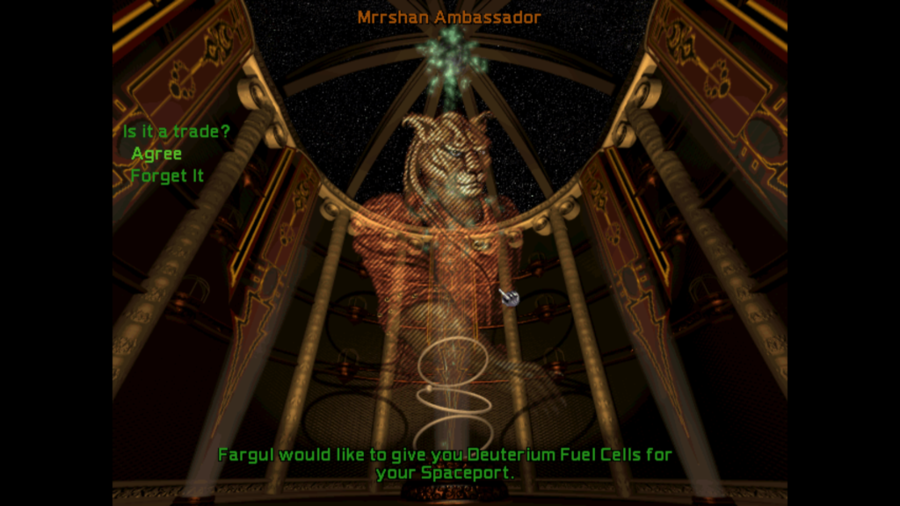
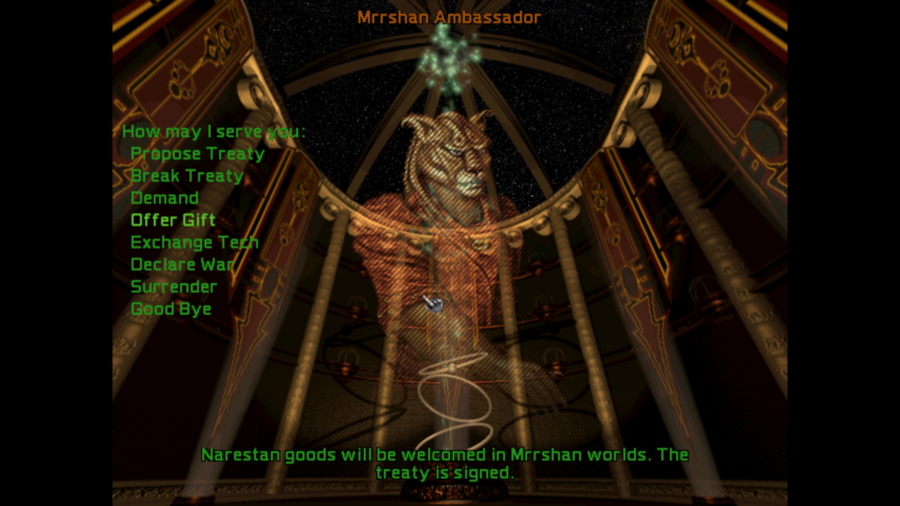
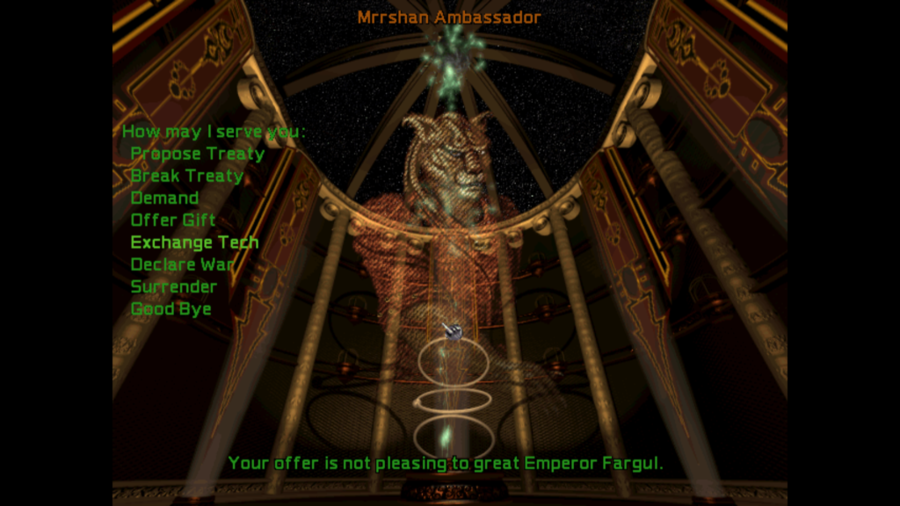
Early negotiations with the Interstellar Union in 492 were fairly productive. The Mrrshan had developed methods to use heavy isotopes of hydrogen to squeeze more endurance out of a given volume of fusion reactor fuel, which allowed for greater operational endurance for their spacecraft and probes. The ad hoc diplomatic consortium negotiated data on this technology in exchange for Narestan information on cargo mass drivers, orbital spaceports, and other innovations that expedited interplanetary trade, then parlayed this into permission for Narestan shippers and investors to begin to do business in the Interstellar Union's territory, while Mrrshan shippers and businesses could begin to visit Narestan territory. Efforts were made to get legal barriers to coordination of Narestan research departments with counterparts in Mrrshan territory removed, but the Interstellar Union's government was reluctant to permit this, at first. Investment capital began to be sunk into financing trade between the two species.
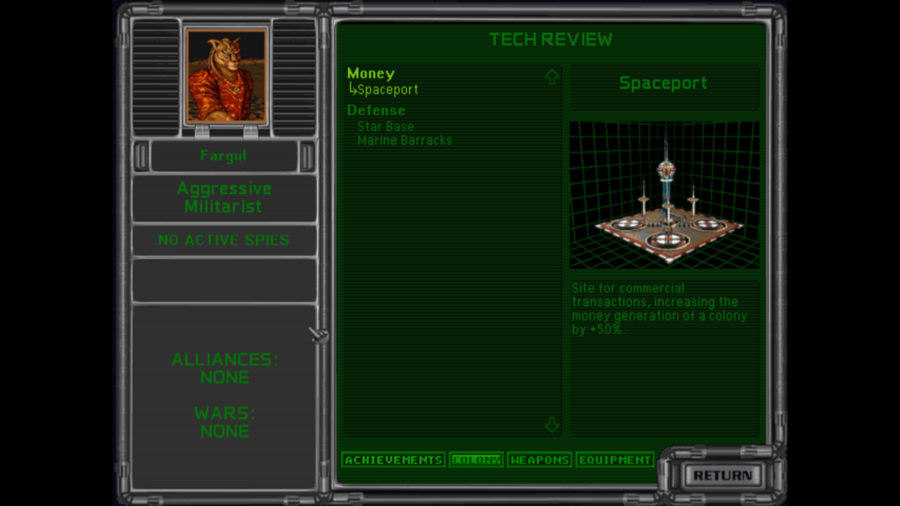
The Interstellar Union is the Mrrshan answer to endemic societal violence and warfare that previously plagued their species, a carnivorous mammaloid species. Instinctive Mrrshan territorialism and hunting behaviors render them touchy and violent outside of their familiar peer groups, with successful Mrrshan societies developing layers of hierarchical domination to force cooperation between different groups and elaborate codes of formal courtesy to ease contact between strangers. The various Mrrshan nations were eventually unified under a single military government headed by the High Marshal of the Armies and Navies. Mrrshan military doctrine emphasises tactical flexibility and independence of operations by individual commanders, and the ingenuity displayed by Mrrshan strategists, logistics officers, and tacticians is remarkable, allowing their forces to operate with an extremely high degree of effectiveness and with an extremely efficient military supply chain. Personal and economic freedoms amongst the general populace are subject to sharp and arbitrary curtailment by the government in the interests of avoiding threats to the ruling power, but a private economy continues to operate under stern government management. Personal weapons for hunting and marksmanship are a matter of art amongst the Mrrshan, and, despite Mrrshan curtailment of personal liberties, the right to personal firearms and blades below the effectiveness of military standard is unchallenged. Even with strict codes of courtesy, honor duels remain common amongst the Mrrshan.
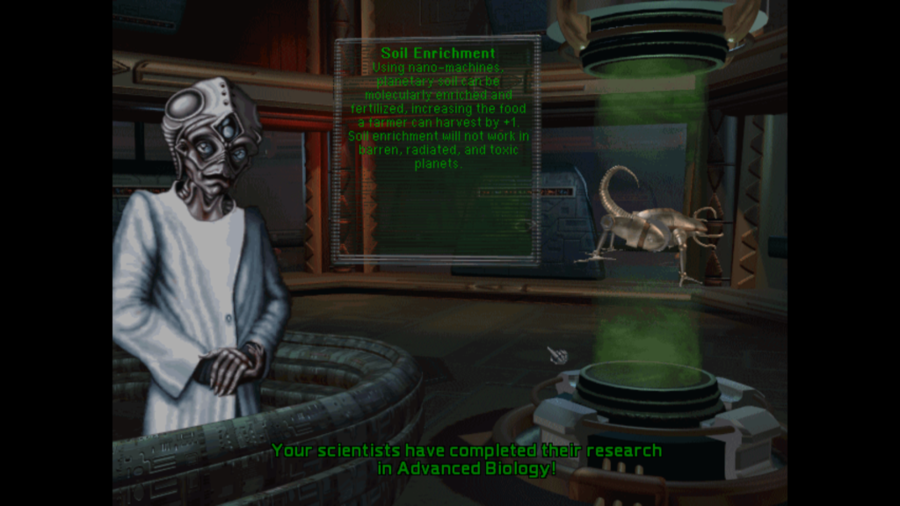
Meanwhile, by 493, Narestan researchers had developed a series of genetically-engineered microorganisms that could be introduced into the soil of agricultural land to create a self-renewing fertilisation process that would help promote healthy plant growth, increasing yields both of vegetable food and of feed for livestock. These microorganisms had been introduced by agricultural concerns across Nares within a year, leading to a boom in agricultural productivity which eventually led to a reduction of the land area under agricultural cultivation, a drop in agricultural employment, and cheaper food prices throughout Narestan society.
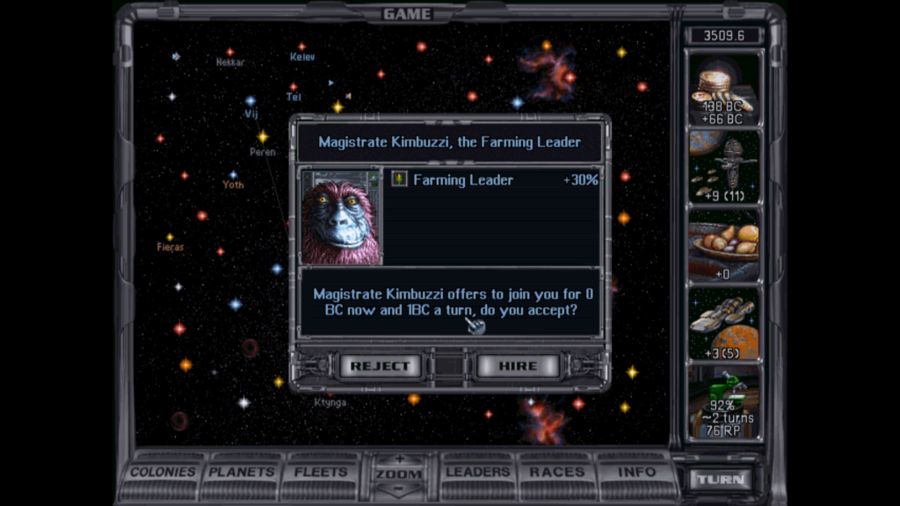
Continued intense competition between agribusiness concerns on Nares continued to push attempts to find ways to bolster productivity even further. Little changed at first, but, little by little, yields began to see improvement.
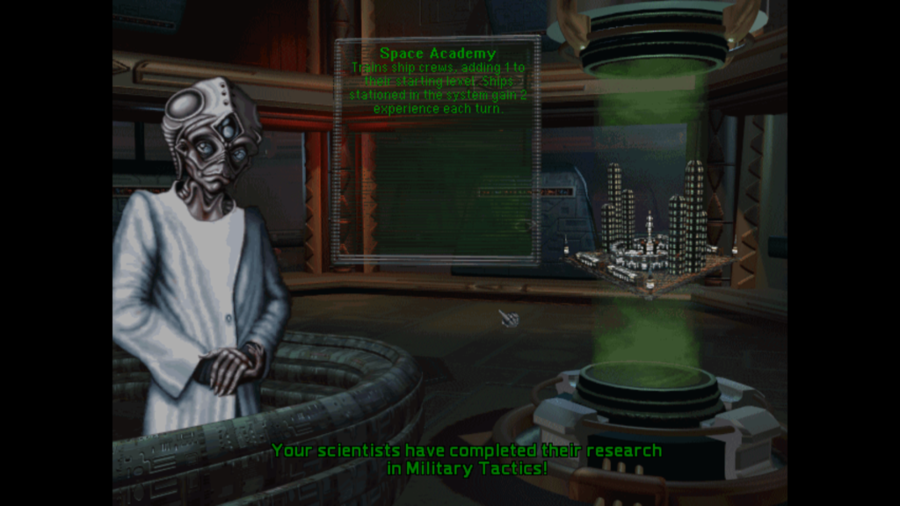
By 497, security firms studying the potential threats presented by piracy or by action from the Interstellar Union had finally evolved a firm theory of space combat tactics and practises, although the practical tests of their ideas remained in the future. Defensive positions in orbital shipyards should prove sufficient to secure planetary colonies against many threats, while the development of mobile armed spacecraft to hunt and destroy hostile vessels could eventually prove critical to keeping spacelanes open to shipping. The immediate threat from the Interstellar Union was believed to be limited, given that it was not believed that the Union fielded military vessels with the necessary reactor bunkerage to cross the distance. For the moment, civilian trading vessels were all that crossed the space between the stars of the Union and those of Narestan society.
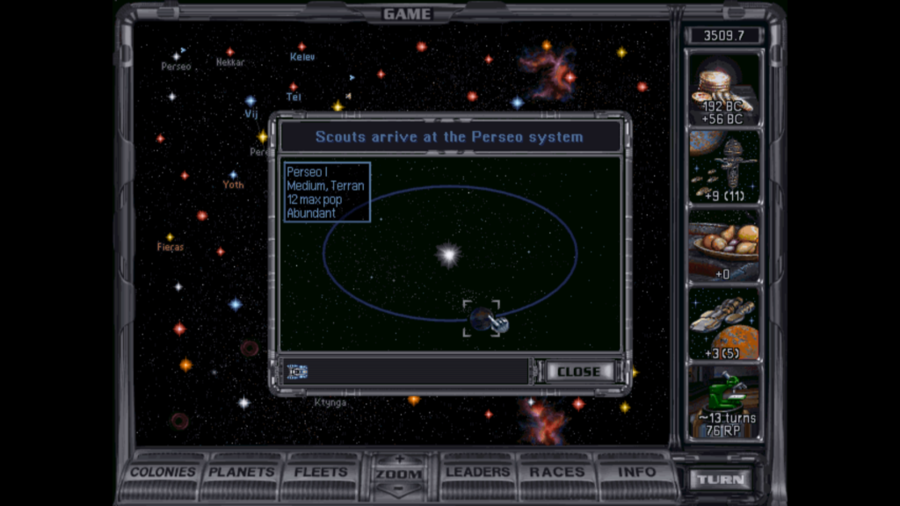
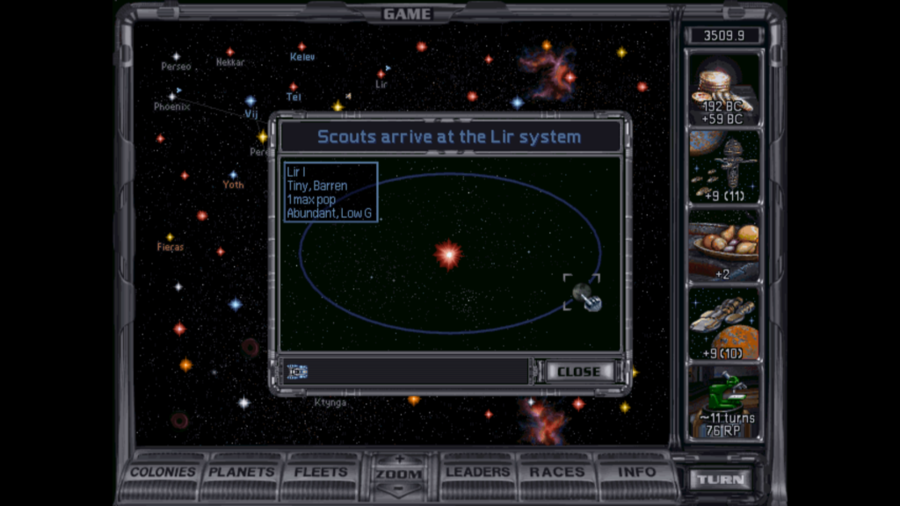
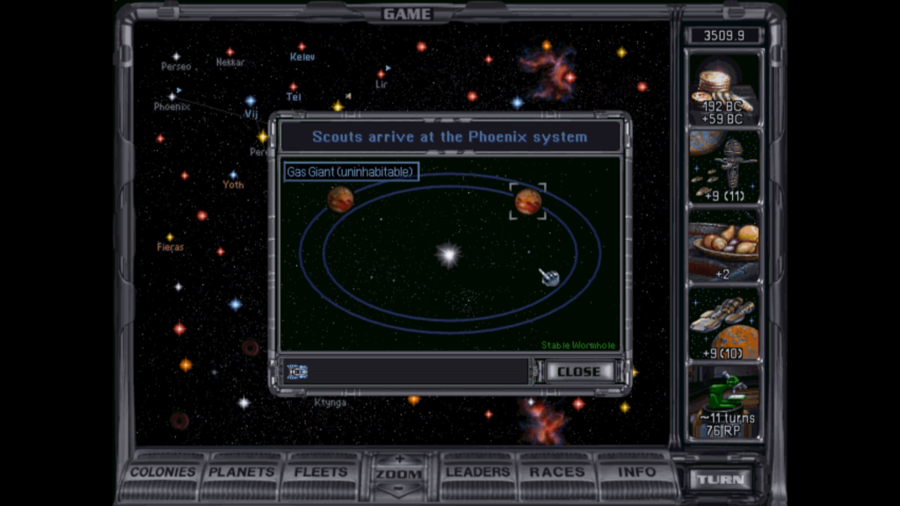
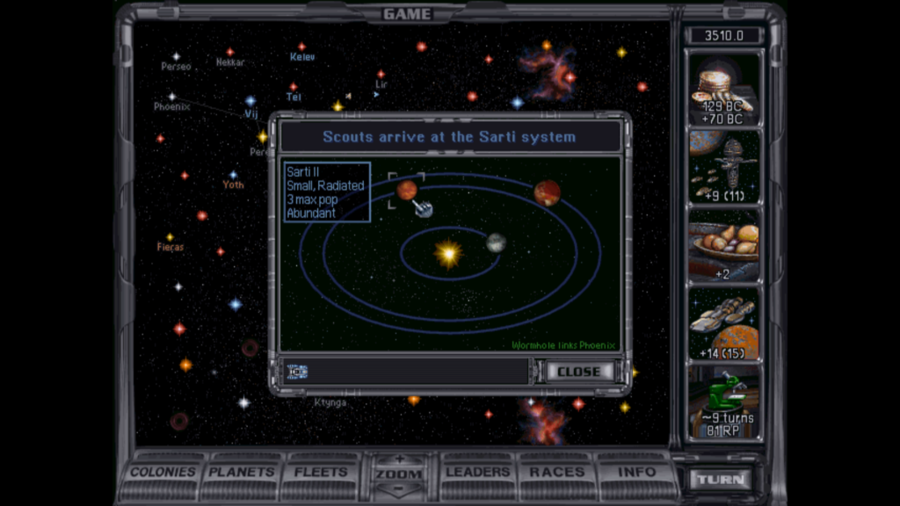
Improved reactor bunkerage had allowed the Intrepid and Venturer to strike out on new voyages of discovery. Although many of the stars they explored were fairly unremarkable in what could be found about them, the white star Perseo was found to have a planet with a nitrogen-oxygen atmosphere, wide oceans, abundant rainfall, and a biosphere largely comparable to Nares' own. Although this planet was somewhat smaller than Nares, nonetheless it proved an incredibly tempting prospect for future colonisation by the Narestan people.

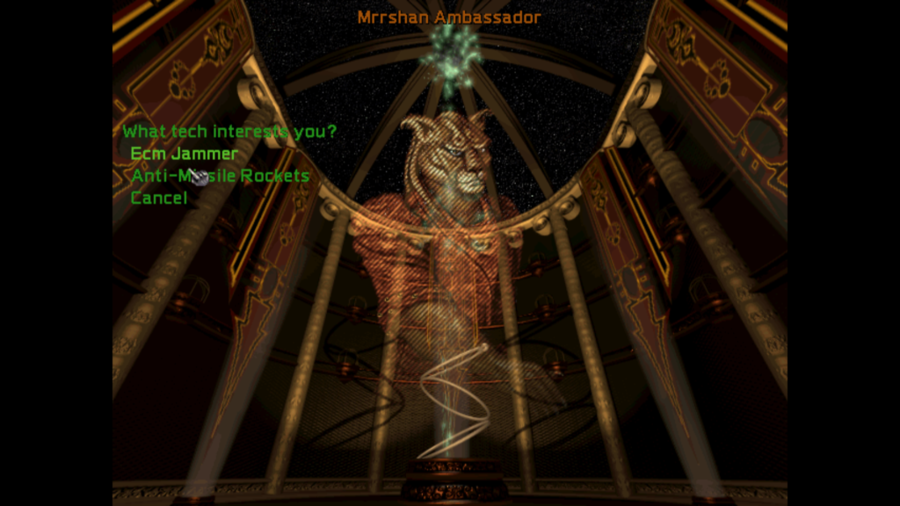
As 500 YE opened, the consortium handling negotiations with the Interstellar Union was able to negotiate for the Union to remove restrictions on research collaborations crossing the Union's borders and to minimise censorship of routine communications between the two civilisations. Although Mrrshan science was notably less advanced than Narestan science, nonetheless correspondence and cooperation between the two civilisations would likely nonetheless help bring new ideas to the fore. The consortium also sounded out advanced technological applications available to Mrrshan industry, seeing if domestic firms and investors would be interested in acquiring the data necessary to replicate these achievements.
Narestan Civilisation as of 500 YE
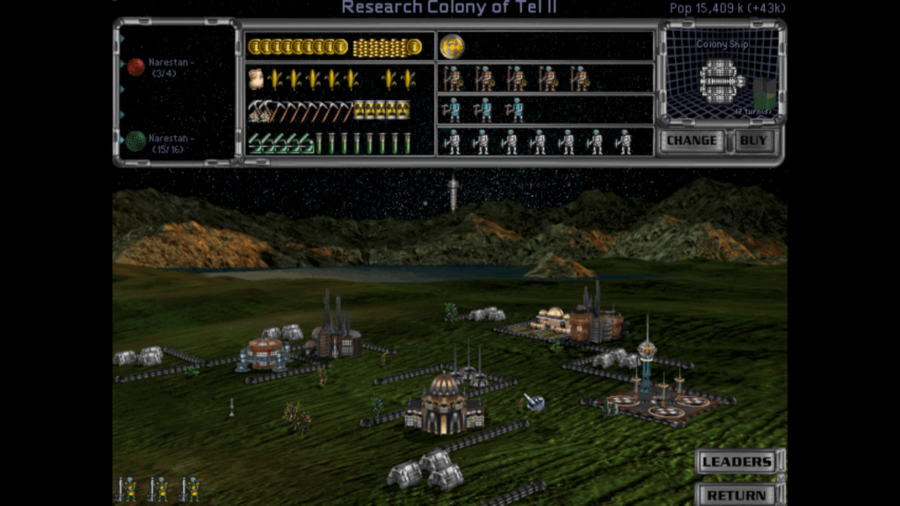
Nares is now well beyond fifteen billion persons in population, with population growth slowing as the planet's cities grow more sprawling and crowded. Much of the new population growth is now absorbed by volunteers for a new colony spreading Narestan civilisation to a fourth star system. Agricultural employment has dipped to approximately 250 million, a notable reduction from two decades ago, while industrial productivity has boomed with the new advancements in robotics and employment in scientific and technological development fields has sharply increased. Despite any crowding, the planet is more prosperous than ever before, with only growing issues with hazardous waste disposal marring the improvement of recent decades.
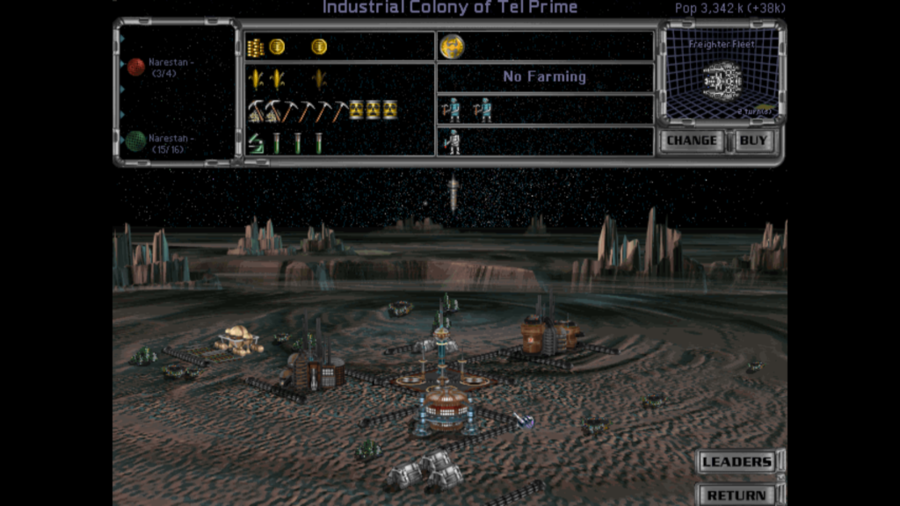
Sedal's population now exceeds three billion, with a growing network of R&D departments administered by local firms. Improvements of robotic technology in mining and industry have bolstered productivity, while a new armed and armored shipyard protects the planet and serves as the manufacturing center for more commercial shipping to expand Narestan civilisation's interplanetary transport capacity. The growing population has demanded food imports from Nares, which the increasingly productive local economy has no difficulty paying for.
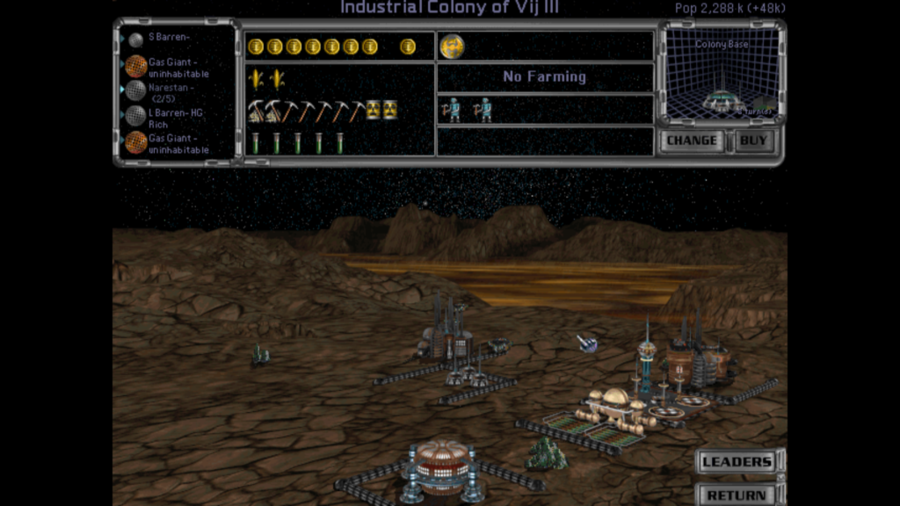
Growing populations and expanded trade have led to a growing sophistication in Sadesal's economy, which, like Nares and Sedal, has implemented new robotic technology throughout its mining and manufacturing sectors. Local specialty industries are able to provide the necessary components for local infrastructure, while trade and specialisation help bring new wealth. Sadesal has become a port of call for colonists beginning to set up a new colony on Vij Prime, eager to seek opportunity on new worlds.
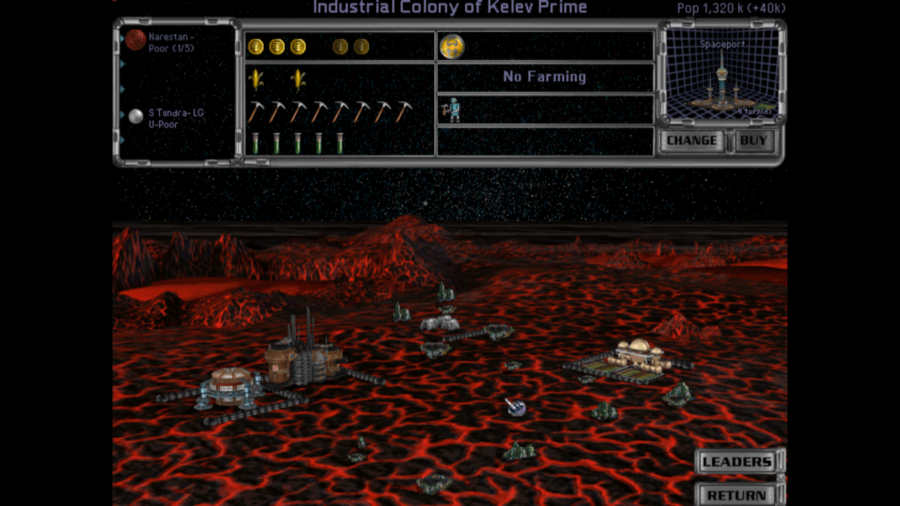
The new colony on Talesen has somewhat over one billion persons, with thriving basic industry, industrial-scale hydroponics, and modest high-tech industry and local scientific data gathering. The local population has difficulty producing necessary specialty components to keep local infrastructure running on its own, making Talesen heavily reliant on imports of precision industrial machinery. As with the colonies on Sedal and Sadesal at similar stages of development, these imports are largely paid for by agricultural exports and the provision of scientific services for large R&D departments back on Nares.
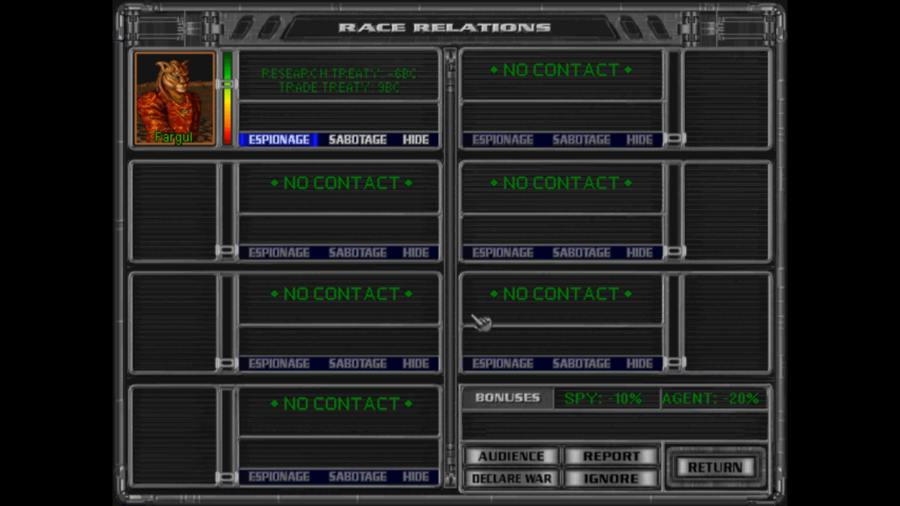
Trade with the Interstellar Union has provided many new goods for Narestan consumers, not least of which are personal weapons manufactured by Mrrshan arms manufacturers. The Mrrshan, for their part, import significant quantities of precision industrial machinery along with other products, providing profits for Narestan manufacturers and profits for shippers hauling goods to and from Union space. The establishment of communications channels between Narestan firms and their Mrrshan counterparts to set up collaborative research arrangements and publishing channels for academic papers has, thus far, produced little real good, while the expense of initial implementation is significant. Still, it is expected that a payoff will materialise within a few years.
It costs a certain amount of money annually to initially set up trade or research agreements, but, thereafter, they start providing money or research points every year for both participants indefinitely.
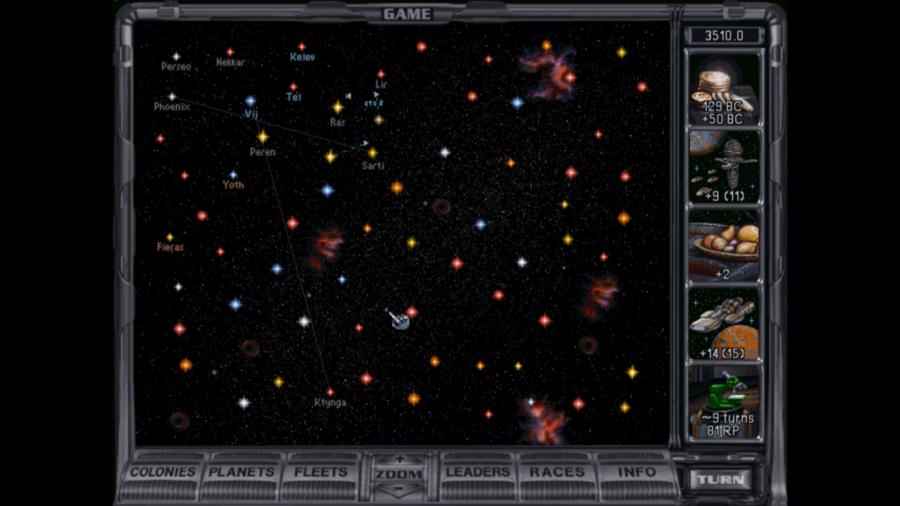
Although much of the new investment capital generated by the growth of the Narestan economy has been dedicated to supporting a massive increase in raw industrial output and to the financing of new research arrangements, nonetheless the capital markets have seen a modest increase in liquid investment capital available each year. Industrial productivity and innovation, for their part, have seen explosive growth over the past twenty years, helping drive continued growth in standards of living. Narestan shipping capacity has increased, helping support the boom in trade enabled by contact with a new established civilisation, while the Intrepid and Venturer continue their voyages of discovery. The three Narestan colony worlds all contribute to Narestan prosperity, while Nares itself remains, by far, the economic center of the known galaxy.
Investment Proposals
Farming Leader
Competition between agribusiness firms on Nares should lead to improvements in productivity at negligible initial cost, although method improvements may have some operating cost thereafter.
Vote on whether or not to hire the farming leader. Although the farming leader is aggressively mediocre, they're the only colony leader available to us just now.
Research Priorities
Multiple different projects are receiving funding in Narestan R&D departments. Continued refinement of economic analysis and improvement in business methods is likely to lead to a boom in entrepreneurship and more efficient operations amongst existing firms, while several different research projects seek to develop new generations of computer technology for scientific or consumer applications. Heavy industrial firms have invested studies into improvements in material science and development of more efficient processing of industrial waste, while the improvement of ship drive systems remains a matter of some interest.
Please vote between research goals in Economics, Scientific Computing, Consumer Computing, Materials Science and Chemistry, and FTL Drive Design. The two computing goals lead to mutually-exclusive applications, so choosing one will pass up the other.
Colonisation Priorities
The planet around Perseo seems an incredible prize, and is the focus of most attention for the next colony mission to depart from Nares.
Mrrshan Technical Breakthroughs
The diplomatic consortium dealing with the Mrrshan could potentially acquire two different technologies dedicated to thwarting hostile missile attacks- advanced electronic warfare to baffle the relatively limited seekers on shipkiller missiles, or high-manuever kinetic-kill light missiles that can successfully knock out shipkillers in flight. The Interplanetary Union will likely require Narestan technology transfer to approve Narestan firms acquiring these technologies, however, and there is some question of just how much technology Narestan firms are willing to share.
Give me an idea of just how much you want ECM Jammer and Anti-Missile Rockets. We'll have to trade away one technology for each- probably one with a higher research cost than the technology to acquire- but I'd like to hear what people would consider acceptable trades for each. The Mrrshan will suggest the trade price, so I can't make specific offers, unfortunately.
Contact with a new civilisation, however repressive and unpleasant to Narestan sensibilities, has nonetheless provided vast new wealth in trade to join with continued economic development through Narestan innovation. The future, on balance, seems bright.